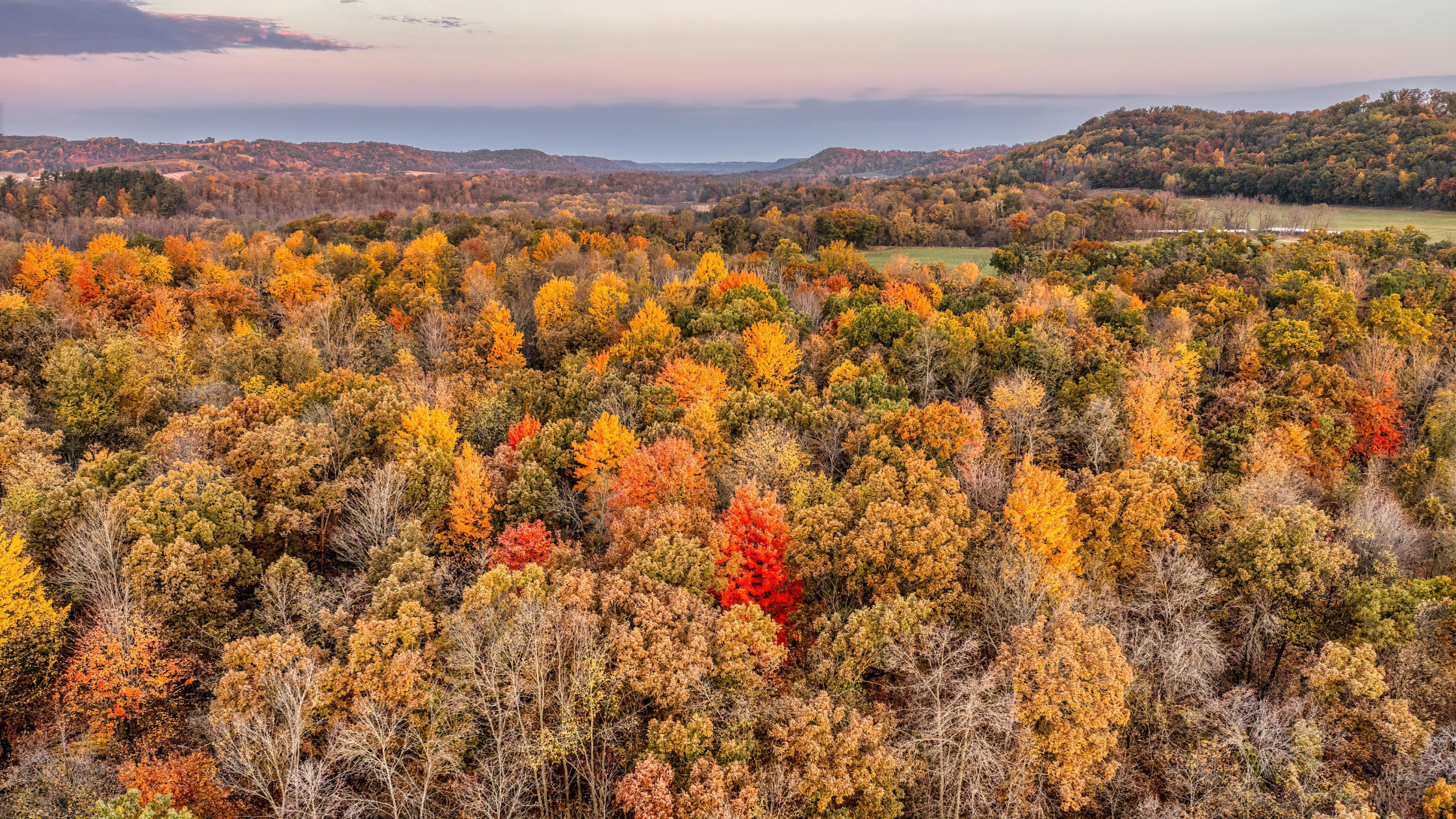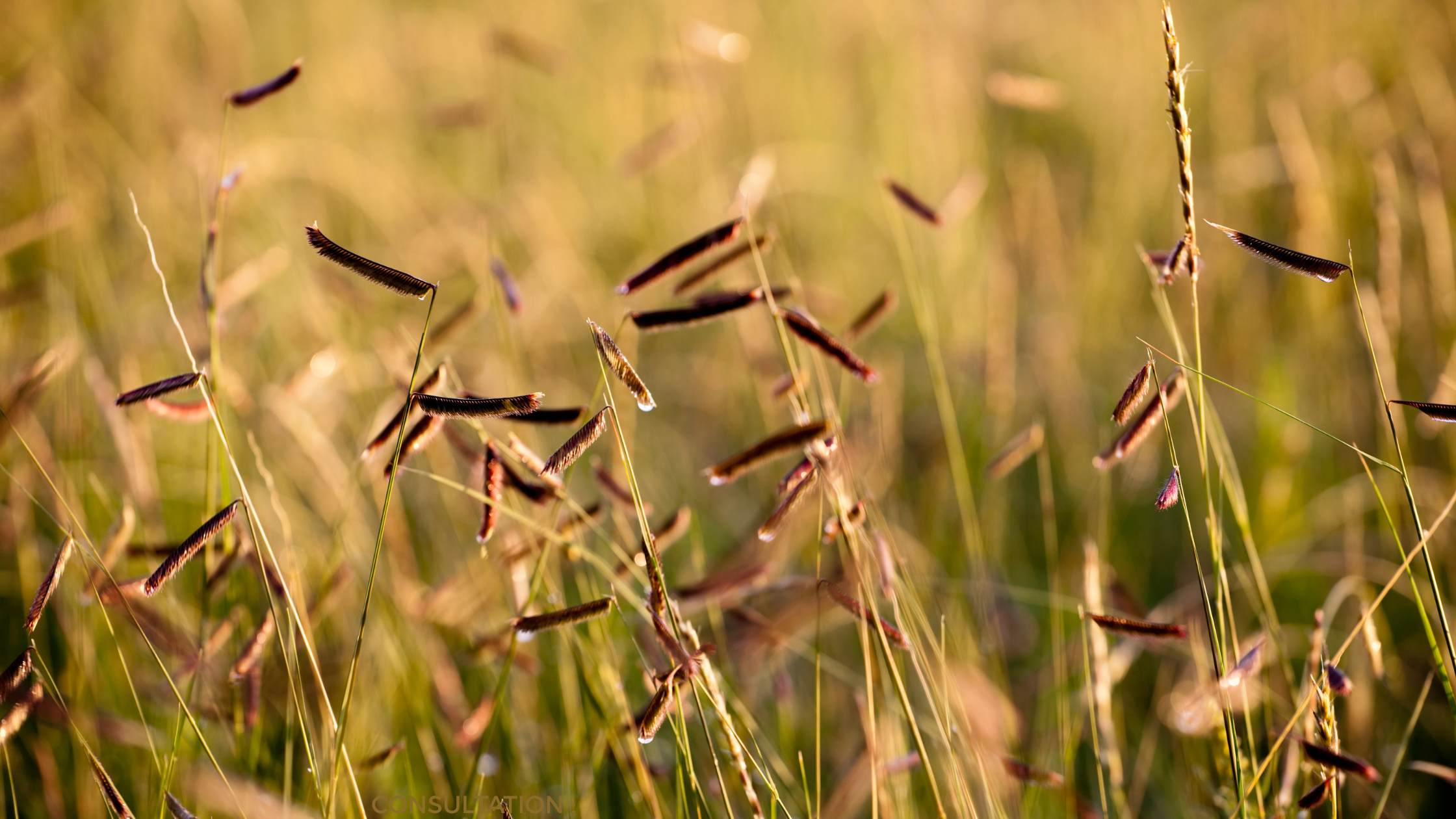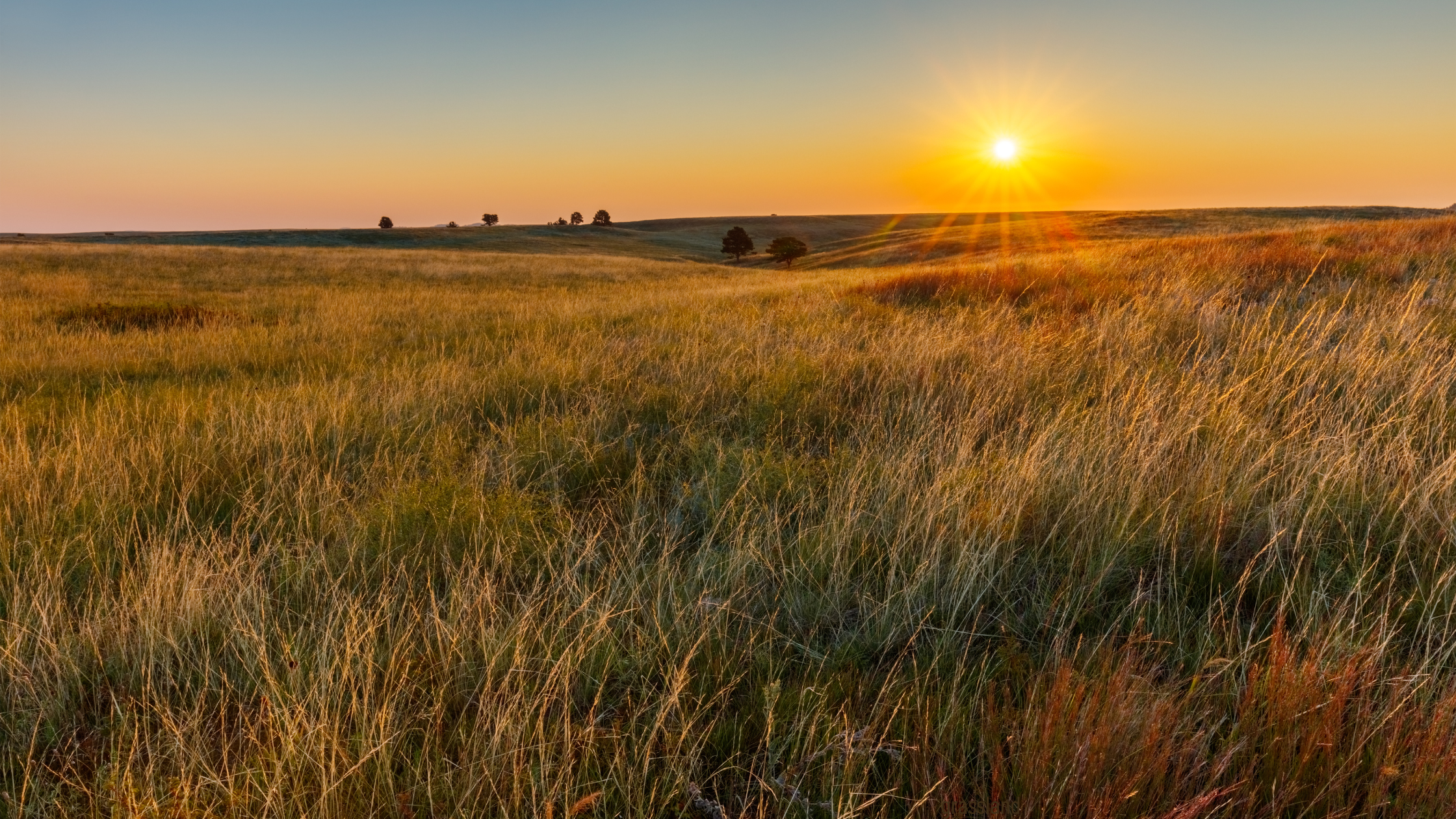Native Seed Stratification Best Management Practices
Native Seed Intelligence
Many native seeds have the most amazing built-in mechanism that optimizes their potential for reproductive success, this mechanism is called "stratification". Typically, most native forbs (flowers) and sedges (grass-like plants) have this built-in protection. These seeds know when not to germinate and more importantly, when to germinate. Think about it, most seed is produced during the spring and summer just after a plant has finished flowering. If the seed germinated immediately it would need to grow up at the worst possible time of the year, midsummer when water is least available, light is scarce near the ground in a towering tallgrass prairie, and with only a half or a quarter of a growing season in poor conditions, they are likely to enter into winter as a small susceptible seedling. On the other hand, if the seed sits tight until the early spring and then germinates, it has optimal conditions of ample water, optimal light, and a full growing season. Interestingly enough, most native grasses do not have this adaptation. This could be because of many reasons such as higher drought tolerance or just different evolution.
How It Works
When the seeds recognize that they have gone through the cool and wet winter they know it's time to wake up and germinate. They need cold and wet to optimize germination rates. Cold and dry or dry and warm keep them in a dormant state preserving them until the optimal conditions arise. It is also difficult to trick them. They will wait in these cool and moist conditions for a period of 30 - 90 days before germinating. A shorter period will not work as well.
Stratification Best Practices
For both native seed mixes and seed by individual native species.
For Native Seed Establishment Best Management Practices please visit here
Best - Natural Area Installation
It is best to let nature take its course and install native seed between November 1st and January 31st to let the winter's natural cool and moist cycles wake them up in the spring.
Best - Sowing Seed Into Potted Plants
Sow seed directly into a sterile potting soil vessel such as a plug flat or plant pot and cover it with chicken wire to keep out the varmints. It is not recommended to seed native mixes into containers, only individual species. Place your seeded vessels in a shady place such as the north side of a building during the late fall or winter. Again, let nature take its course over the winter. Move the planted seeds into a sunny spot in the spring and keep them watered regularly and with any luck, your seeds will germinate like magic.
Alternative Option - Spring Installation
Installing seed from spring to early summer (June 15th) will also produce good results. The first spring you may see reduced forb and sedge germination because of the lack of the extended stratification. However, many of those seeds will sit dormant until the next spring to germinate at the optimal time. You will still see germination of certain flowers and most grasses the first season and most other the second season.
Alternative Option - Cheating The System Spring Installation
You can sow them in a slightly moist medium such as wetted sand or even a moist paper towel in a sealed plastic bag and place them in your refrigerator for a 30 - 90 day period to bypass this natural protection. You only want to do this if you are trying to get a head start with a spring or early summer (before June 15th) installation or when growing potted plants from seed. It is not necessary if the seed is installed during the fall or the winter. Monitor the seeds during this period to ensure they do not germinate, become dry or become moldy. If they germinate or become moldy, plant immediately or if they dry out remoisten the medium. Remember, this is sort of cheating the system and results may not be as favorable as the natural fall or winter installation or even the spring installation.
READ OUR REVIEWS
Daniel
Daniel
★★★★★
Natural communities and specifically Nick has been an
excellent and knowledgeable entity to work with on my big project. With the
help of my school, my students, many community partners, and Natural
Communities, we are in the process of restoring an area on a high school campus
to a natural prairie/pond area. Nick has come out to do site visits, he has
recommended various plant species that would work best for us, and he has been
able to get us what we want wholesale. Our site is not an easy project because
we are restricted to only native plants and native seeds and Natural
Communities has excelled in meeting our needs on this. Overall, I am so glad we
ended up working with Natural Communities because they have helped so much.
Ron
Ron
★★★★★
Our company has worked with Nick Fuller since before he
became Chief Ecological Officer for Natural Communities, LLC. His
knowledge of native plants and native seeds is remarkable. Nick was the
original steward of our 4-acre wildflower/wild grass prairie and has served us
as a reliable consultant ever since 2006. His continuing insights have
helped us to maintain and grow a healthy ecosystem.
Kathy
Kathy
★★★★★
I am extremely pleased with the one hour consultation I had
with Nick Fuller regarding our wetland creek. We have invasive plants and
grasses that have taken over our creek bed and we needed guidance on how to
both effectively remove the invasives and restore the area with native
plants suitable for the creek. Nick asked pertinent questions that allowed Nick
to identify plants and shrubs suitable for the area with a timeline for
planting. Nick also provided a detailed outline of the steps needed to remove the
invasives. I highly recommend Nick to anyone seeking help with their native
plant garden or to anyone interested in growing a native plant garden.
Shane
Shane
★★★★★
Spoke to owner in depth regarding a couple of different
projects I’m working on- very knowledgeable and professional. I plan on
purchasing seed for my projects through Natural Communities and will follow up
in the future if necessary. Highly recommend for native/natural projects!



